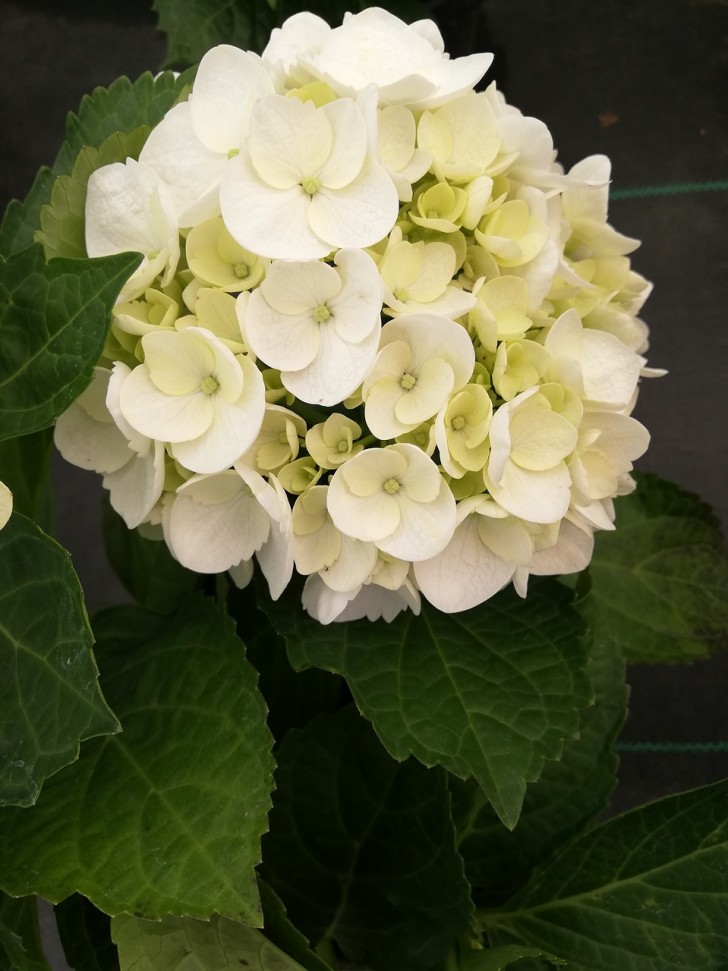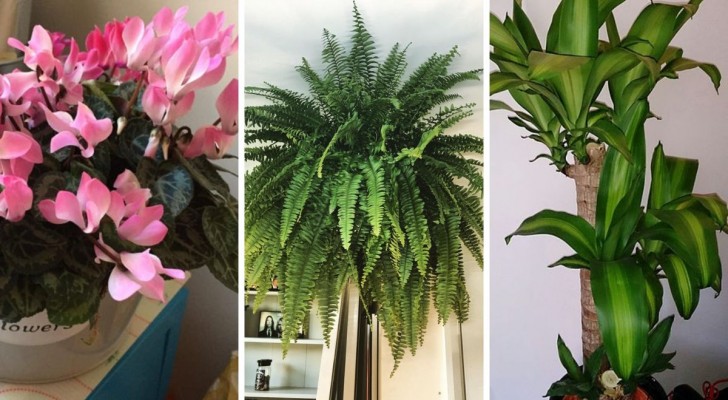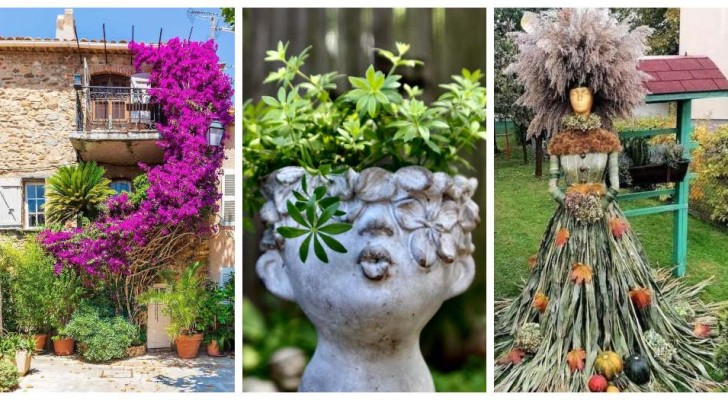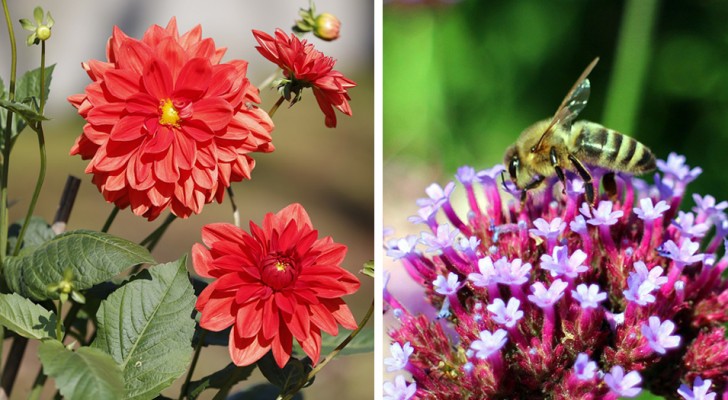Origin of the name, symbolism and care for wonderful hydrangeas

A perennial shrub of Asian origin, the hydrangea is highly appreciated all over the world for the beauty of its blossoms. Known in China as the "Flower of the Eight Immortals", it has been cultivated since the Ming dynasty (about 1400 AD); currently over 30 autochthonous species are cultivated in China, even though the most widespread species is the Japanese Hydrangea macrophylla (also known as the "Rose of Japan").
The arrival of the plant in Europe is fairly recent and there are several versions of the story of how it came to be imported. So, let's find out more about the origin of its name, the symbolism associated with its flowers and how to take care of this wonderful plant in our gardens.
Introduction to Europe and the origin of its name

This plant's scientific name, Hydrangea, is composed of the two Greek words: hydros (water) and angeion (vase). The latter comes from the shape of the seeds, which are contained in the flowers inside small casings that look like vases.
Hydrangeas were only imported into Europe in the eighteenth century, according to the most accredited version of the history by the naturalist Philip Commerson. Commerson gave it the name Hydrangea in honor of his lover Hortense Barrè, who accompanied him on his travels (captained by Bouganville), dressed as a man.
Symbolism

Although some believe that this flower brings bad luck, hydrangeas are more often assosiated with love and passion. In Japan, it symbolizes compassion, forgiveness and honesty of feelings and, according to legend, an emperor gave this flower to his beloved to win her back with the promise that he would never neglect her again.
In the language of flowers, this plant is used to signal the birth of a new love or the return of a past love. The specific meaning varies according to the color of the flower:
- white: this color indicates the birth of pure love, indicating that all one's thoughts are directed to one's beloved;
- blue: this is the color to pick to give to a loved one when you want to communicate the depth of your love;
- pink: this is an explicit invitation to appreciate the joys love brings, a declaration that the loved one is the one and only for us.
Cultivation and care

Hydrangeas are an easy-to-grow plant, which adapts to any type of soil and climatic conditions, provided they are well-watered. The color of its flowers changes according to the acidity of the soil: in an acidic soil, they will be more likely to be blue; in alkaline soil, they will tend to shades of pink.
In winter, it is necessary to cover the ground around them with mulch and foliage, while the exposed parts must be covered with a plastic sheet to protect against the frost; in summer, if you live in a particularly hot region, it is best to plant them in the shade.
Watering must be done more often when the plant is budding, and then reduced after the blossoming; however, the soil must always remain moist.
At the end of flowering season, prune the dried flowers.
Hydrangeas can also be grown in large pots.
Now you are ready to plant this beauty in your garden!





